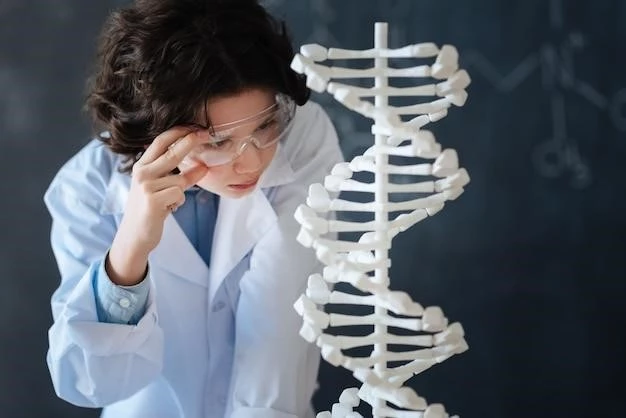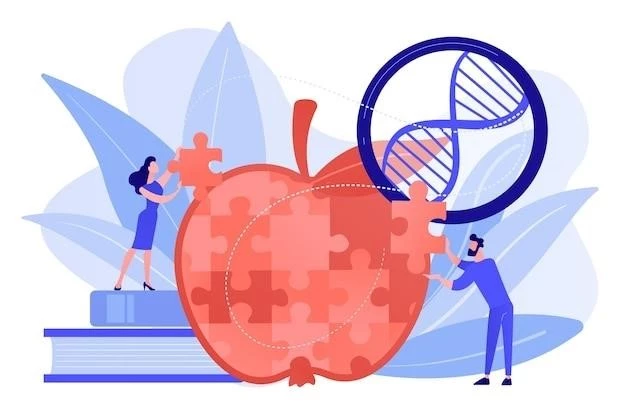Cephalopolysyndactyly is a rare congenital disorder characterized by anomalies in the head and limbs.
Overview of Cephalopolysyndactyly
Cephalopolysyndactyly is a rare congenital disorder characterized by anomalies in the head and limbs. It involves craniofacial malformations and fusion of fingers or toes. The condition may vary in severity and impact physical development. Understanding the symptoms is crucial for early diagnosis and appropriate management.
Common Symptoms of Cephalopolysyndactyly
Common symptoms of cephalopolysyndactyly include abnormal skull shape, fused fingers or toes, extra digits, wide-set eyes, and craniofacial abnormalities. Individuals may exhibit varying degrees of syndactyly and polysyndactyly, affecting their physical appearance and hand function. Understanding these symptoms is essential for accurate diagnosis and treatment planning.
Non-Surgical Treatments
Non-surgical treatments for cephalopolysyndactyly may include physical therapy, occupational therapy, splinting, and orthotic devices. These modalities can help improve hand function, mobility, and coordination. Additionally, speech and feeding therapy may be recommended to address related challenges. Collaborating with a multidisciplinary team is crucial for tailored non-surgical interventions to enhance the quality of life for individuals with cephalopolysyndactyly.
Surgical Treatments
Surgical treatments for cephalopolysyndactyly involve procedures to correct craniofacial anomalies, separate fused fingers or toes, and reconstruct limb deformities. Surgeons aim to improve function, aesthetics, and overall quality of life for individuals with cephalopolysyndactyly. Surgical interventions may vary based on the specific needs of each patient and require careful planning and follow-up care to ensure optimal outcomes.
Rehabilitation and Follow-Up Care
Rehabilitation and follow-up care are essential components of treating cephalopolysyndactyly. Following surgical interventions, rehabilitation may include physical therapy, occupational therapy, and speech therapy to optimize recovery and functional outcomes; Regular follow-up appointments with healthcare providers are crucial to monitor progress, address any concerns, and adjust treatment plans as needed. A comprehensive rehabilitation and follow-up care regimen can support long-term success and overall well-being for individuals with cephalopolysyndactyly.
Understanding the Genetic Basis
Cephalopolysyndactyly is primarily caused by genetic mutations that affect the development of limbs and craniofacial structures. Mutations in specific genes can disrupt normal embryonic development, leading to the characteristic features of this condition. Understanding the genetic basis of cephalopolysyndactyly is crucial for genetic counseling, early detection, and personalized treatment strategies. Research in this area aims to elucidate the complex genetic mechanisms underlying this rare disorder.

Inheritance Patterns of Cephalopolysyndactyly
The inheritance patterns of cephalopolysyndactyly can vary depending on the underlying genetic mutations. This condition may be inherited in an autosomal dominant, autosomal recessive, or X-linked manner. Genetic counseling is essential to assess the risk of recurrence in families with a history of cephalopolysyndactyly and to provide guidance on family planning decisions. Understanding the inheritance patterns can help predict the likelihood of the condition in future generations and facilitate appropriate genetic testing and management.
Types of Surgical Procedures
Surgical procedures for cephalopolysyndactyly may include craniofacial reconstruction, syndactyly release, polydactyly correction, and limb lengthening. Surgeons perform intricate procedures to improve hand function, correct anomalies, and enhance overall aesthetics. Each surgery is tailored to address the specific needs of the individual, with careful consideration of functional and cosmetic outcomes. Close collaboration between surgical teams and rehabilitation specialists is essential to optimize the results of these complex procedures.
Risks and Complications
While surgical interventions for cephalopolysyndactyly are crucial for functional improvement, they may pose risks and potential complications. Risks include infection, scarring, blood loss, nerve damage, and anesthesia-related issues. Complications such as wound healing problems, stiffness, or unsatisfactory outcomes may occur. Close monitoring during post-operative care and adherence to rehabilitation protocols are essential to minimize risks and promote optimal recovery. Surgeons work diligently to mitigate potential complications and achieve the best possible results for individuals undergoing surgical interventions.
Coping Strategies for Patients
Patients with cephalopolysyndactyly can benefit from coping strategies such as seeking support from healthcare professionals, joining patient advocacy groups, practicing mindfulness techniques, and maintaining open communication with family and friends. Engaging in physical activities suited to their abilities, setting realistic goals, and focusing on their strengths can help individuals navigate challenges associated with living with cephalopolysyndactyly.
Support Networks and Resources
Support networks and resources play a vital role in providing emotional support, information, and guidance to individuals with cephalopolysyndactyly. Connecting with support groups, accessing educational materials, and seeking assistance from healthcare professionals can empower patients to navigate their condition effectively. Online forums, counseling services, and community organizations dedicated to rare diseases can offer valuable support and a sense of belonging for individuals living with cephalopolysyndactyly.
